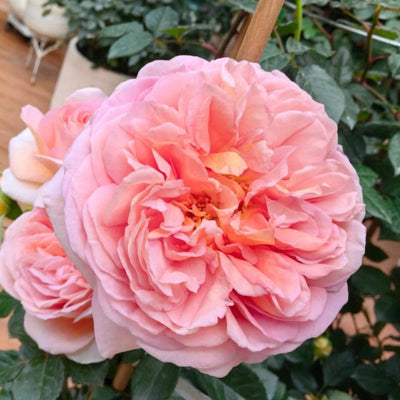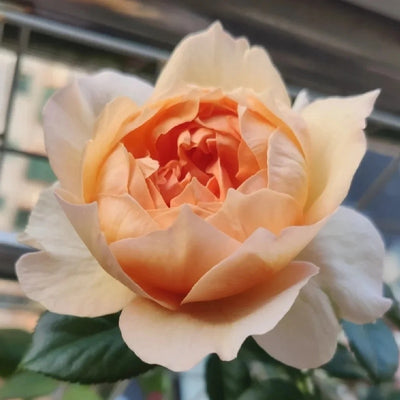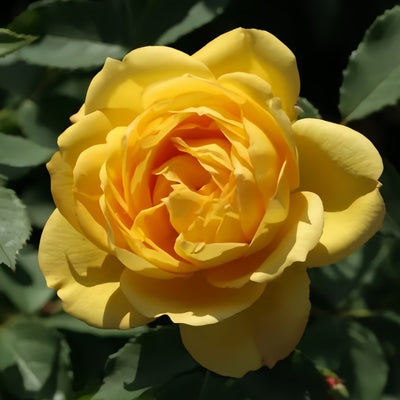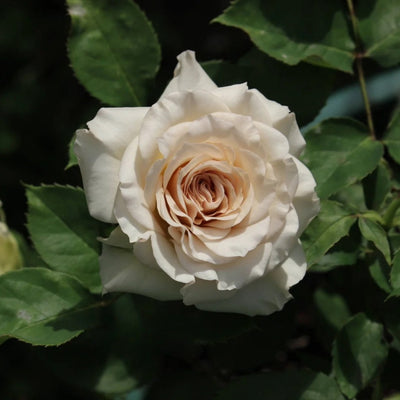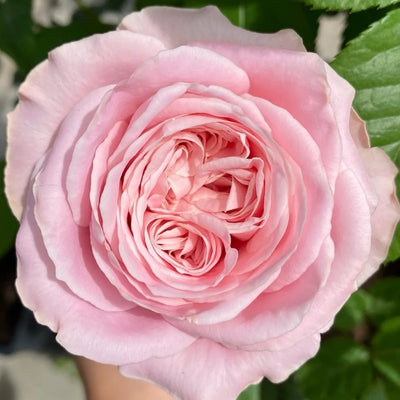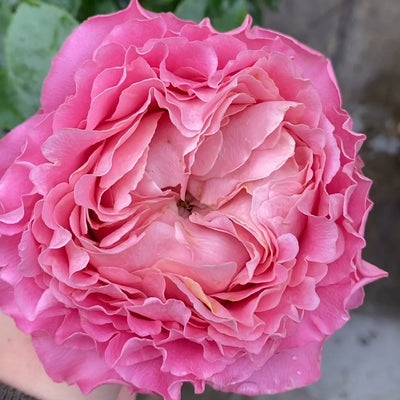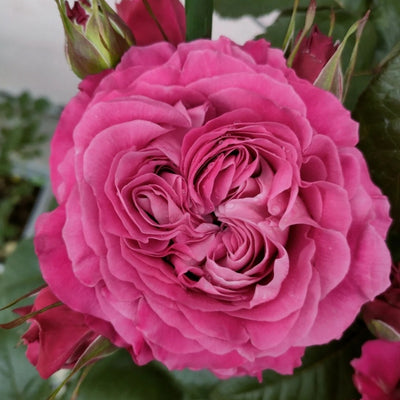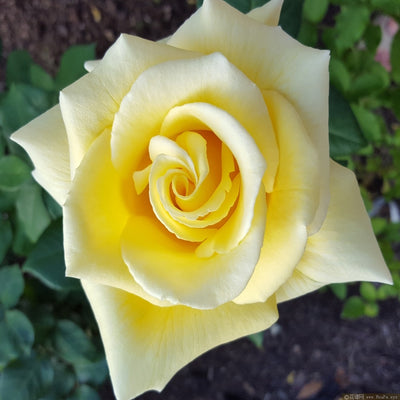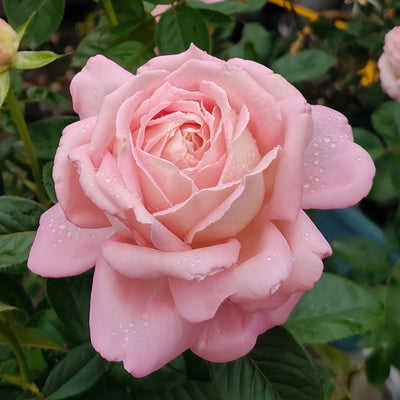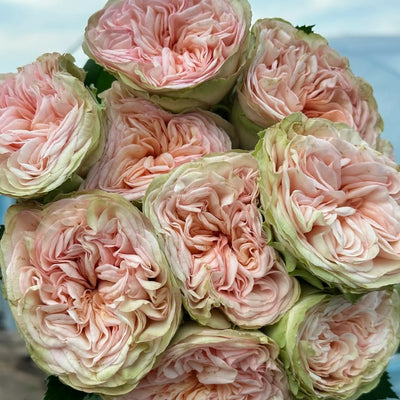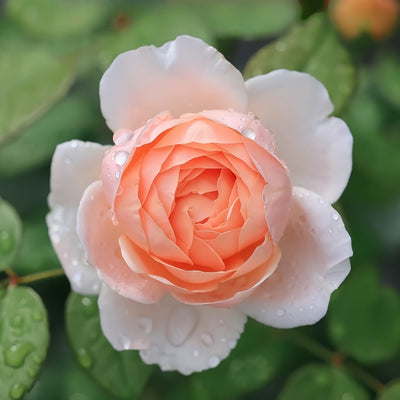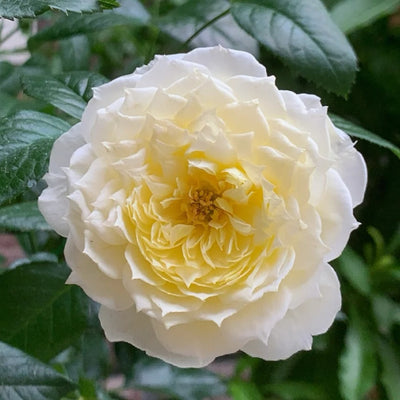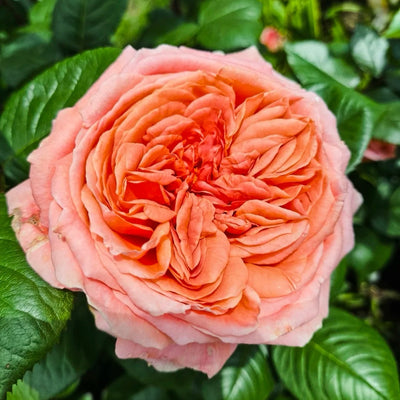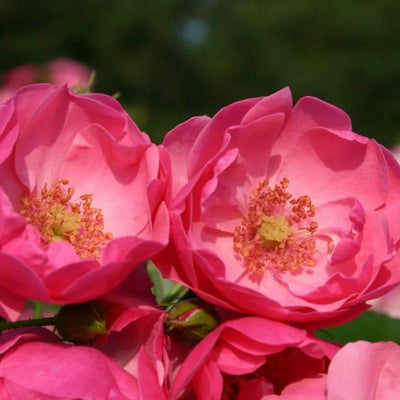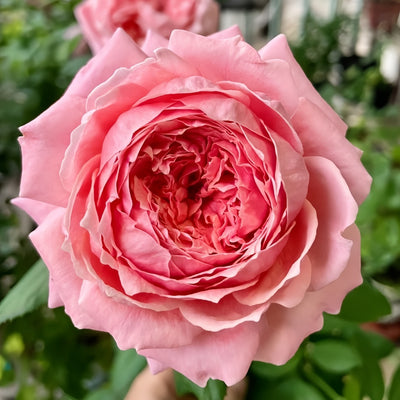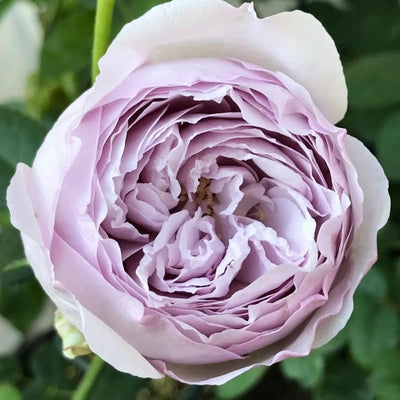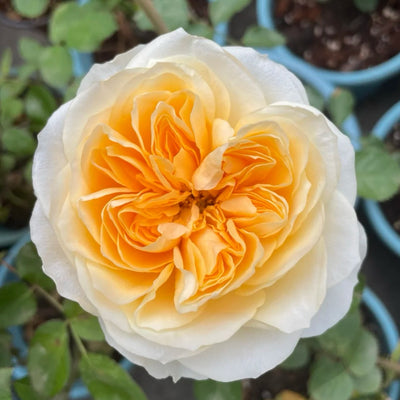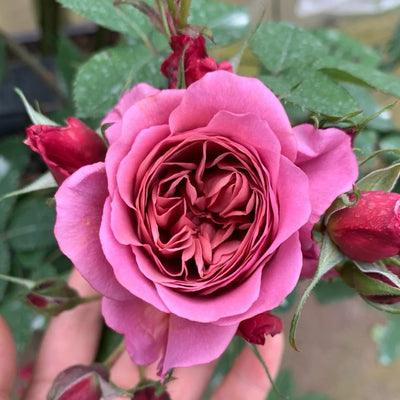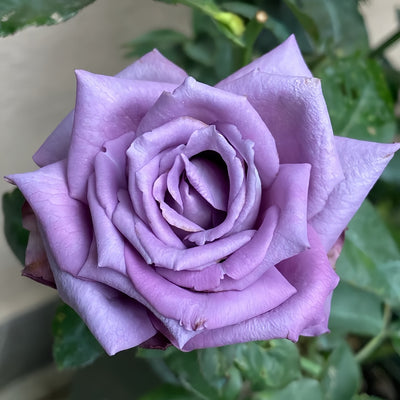🔥 Recommended Product
The Essentials of Fertilizing Roses
Fertilizing roses is not just a way to promote healthy growth—it’s also an effective method to prevent many rose diseases. With proper fertilization techniques, you’ll notice your roses thriving while avoiding common pests and diseases. Here’s a guide to help you understand the basics of rose fertilization.
How Often Should You Fertilize?
To keep roses blooming continuously, fertilize every 4–6 weeks. In early spring, a single round of fertilization might suffice. However, if your roses appear pale, unhealthy, or fail to meet your expectations, you can increase the frequency slightly.
Key Principles for Fertilizing Roses
1. Moisture Before and After Fertilization
Ensure the soil around your roses is moist before applying fertilizer. Dry roots are more prone to nitrogen burns. After fertilizing, water the soil thoroughly to help nutrients reach the root zone effectively.
2. Timing: Start in Spring, Stop by Late Summer or Early Fall
Begin fertilizing when growth resumes in spring or when winter protection is removed. Maintain this schedule throughout summer, fertilizing every 4–6 weeks. Stop fertilizing about six weeks before the first frost to avoid promoting new growth that could be damaged by the cold.
3. Monitor Soil pH
The effectiveness of fertilizer is closely tied to soil pH. If the pH is too high or low, nutrients may not be accessible to the plant. Conduct a soil test to ensure it is within the optimal range (6.0–7.0 pH) for roses.
Choosing the Right Fertilizer
There’s no one-size-fits-all fertilizer. Here are the main types and their benefits:
- Granular Fertilizers: Easy to apply and require no mixing, but they release nutrients slowly.
- Water-Soluble Fertilizers: Quick-acting and ideal for potted roses, though they require more frequent application.
- Slow-Release Fertilizers: Convenient for extended feeding but may need supplementation for sustained growth.
Key Nutrients for Roses
1. Nitrogen (N):
Nitrogen is essential for lush, green foliage and healthy stem development. Regularly adding nitrogen encourages vibrant leaf growth, which is critical for energy production and flower formation. Most rose-specific fertilizers contain higher nitrogen levels compared to phosphorus and potassium. Avoid "bloom-boosting" fertilizers that lack nitrogen.
2. Phosphorus (P) and Potassium (K):
These macronutrients are necessary in moderate amounts. Phosphorus supports root and flower development, while potassium enhances overall plant health. If your soil already contains sufficient phosphorus and potassium, over-application can lead to nutrient imbalances. A soil test will help identify any deficiencies.
3. Iron (Fe):
Iron deficiency is common in alkaline soils and appears as yellowing leaves with green veins. Applying iron supplements can correct this issue.
4. Magnesium (Mg):
Magnesium, often supplied as Epsom salts (magnesium sulfate), enhances flower color and size. Apply 1/4 to 1/2 cup of Epsom salts per plant once or twice a year. When planting bare-root roses, soaking the roots in a solution of water and Epsom salts for several hours can stimulate growth.
Practical Tips for Rose Fertilization
- Use high-quality pruners and gloves to handle roses safely while maintaining plant health.
- Remove weeds and dead leaves before fertilizing to prevent diseases.
- Regularly test your soil to adjust your fertilization strategy based on nutrient needs.
- Combine slow-release fertilizers with occasional liquid feeds for optimal growth.
- Be consistent—routine care is the key to healthy, beautiful roses.
By following these fertilization basics, you can ensure your roses grow stronger, bloom more abundantly, and stay resilient against diseases. With the right nutrients and care, your garden will flourish with vibrant, healthy roses.





















